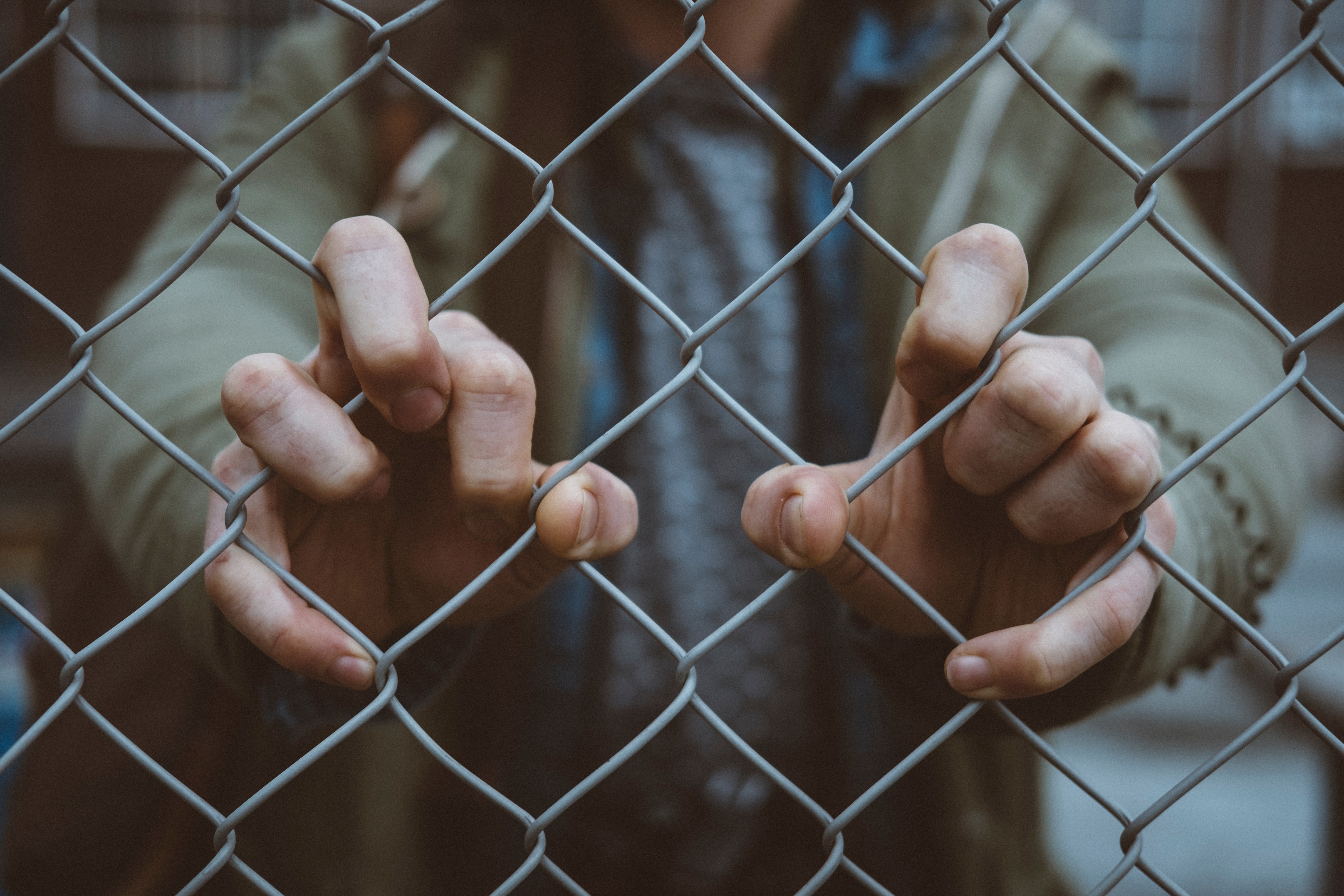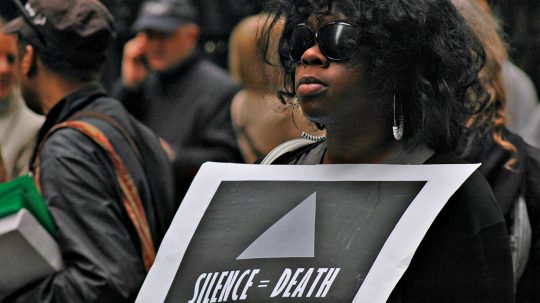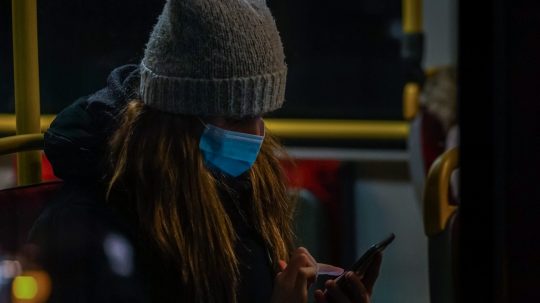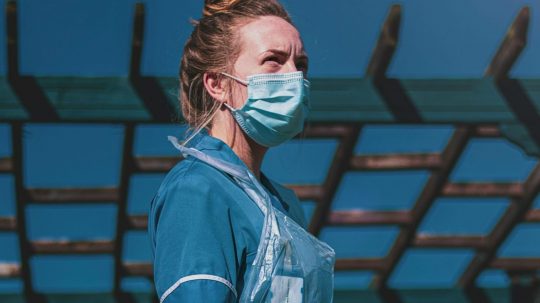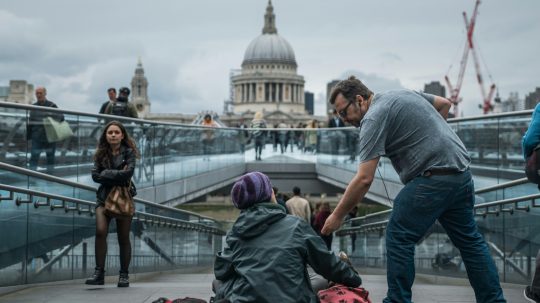Instances of self-harm have tripled in three years despite a downturn in the number of detainees in a detention centre that has been likened to a prison.
During a six-month period between April and September 2018, 65 incidents of self-harm were recorded at the Colnbrook detention centre, which held 246 people at the time.
A report by the Prison Inspectorate found that 20 incidents were recorded during the same period in 2016, when 340 people were being held at the immigration detention centre.
Colnbrook Detention Centre

Credit: Wikimedia Commons
Prisons are rarely suitable environments for immigration detainees held under administrative, as opposed to judicial, powers.
Chief Inspector Peter Clarke
Chief Inspector Peter Clarke, the author of the report, found that other than the women’s unit, Colnbrook was “largely indistinguishable from a prison”.
Clarke found the conditions of the centre, which the Home Office says is due to be rebuilt, made it worse than some prison conditions.
“It is to be hoped that the design problems of Colnbrook, including poor ventilation and sealed windows, limited outdoor space and exercise yards that would be austere for most prisons, will be avoided in the future.
“Prisons are rarely suitable environments for immigration detainees held under administrative, as opposed to judicial, powers,” he added.
Gaps In The System

Credit: Wikimedia Commons
Clarke added in the report that while staff at the detention centre were “working hard to make improvements within the confines of the current environment”, more needed to be done.
This included shortening prolonged detention, and making accommodation available for detainees who have been granted bail, as well as utilising bureaucratic tools such as Rule 35 reports.
The reports help identify and protect vulnerable detainees who may have poor mental health, especially victims of torture, by ensuring they are detained for the least amount of time.
In a statement, the Home Office said that detention was “an important part of the immigration system – but it must be fair, dignified and protect the most vulnerable”.
The damning report comes after the Home Office was forced to launch a human rights abuse inquiry into Brook House detention centre over alleged physical and verbal abuse.
Detention Reform

Credit: Takver/Flickr
It is cruel and unusual to lock people up without telling them for how long.
Nicholas Reed Langen, formerly in the government immigration detention team
At present, those who are suspected of being in the country unlawfully can be seized and detained by an Immigrations and Customs Enforcement team. Approximately 27,000 people are detained each year.
In the third quarter of 2018, 39 per cent of detainees left detention after seven days or fewer, and 54 per cent after eight to fourteen days.
However, campaigners have called for reform of immigration detention centres, deeming it a “moral necessity” as often detention is “epitomised by fear and uncertainty”.

